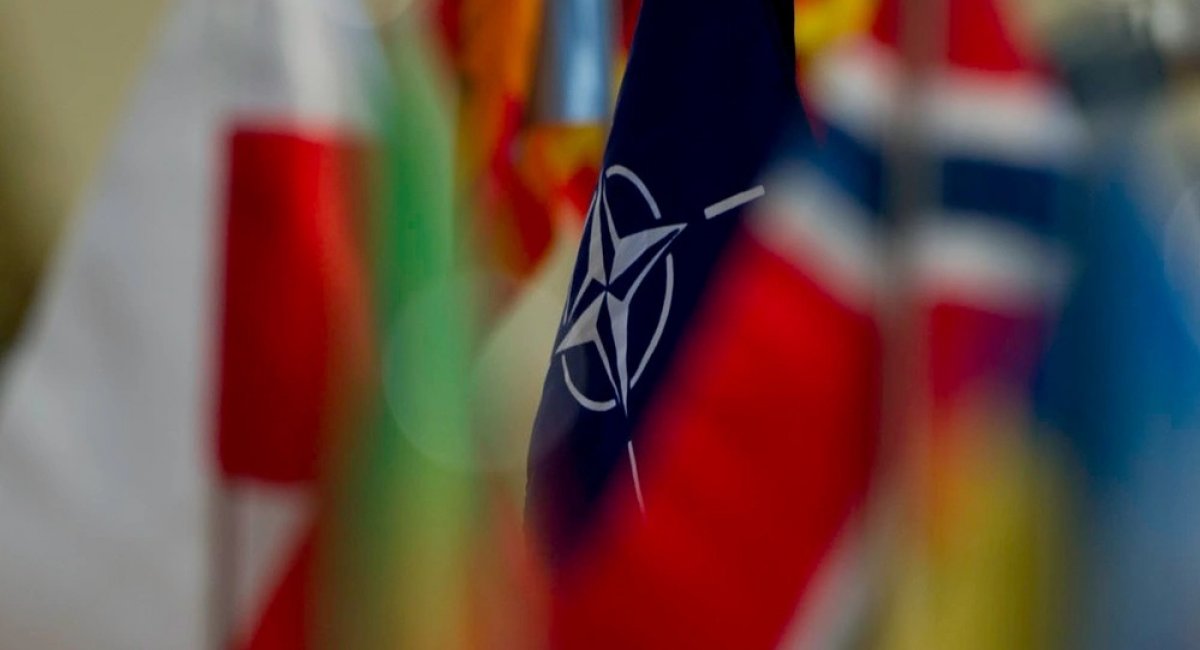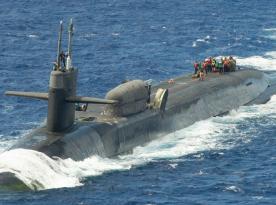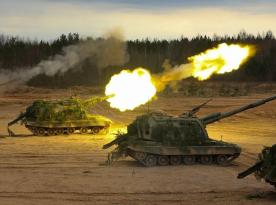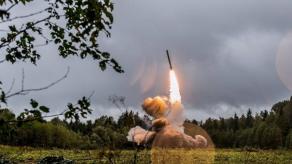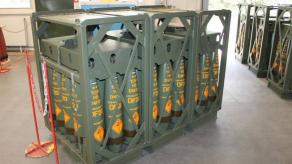The United States did not like the European Union's new approach to the defense industry with an emphasis on its own capabilities. In particular, the ReArm Europe Plan/Readiness 2030 strategy directly emphasizes the need to crank up domestic defense production to satisfy the demand for military equipment.
But American officials want to preserve the status of Europe's main defense dealer. According to sources cited by Reuters, even the Secretary of the U.S. Department of State, Marco Rubio, warned his European colleagues that excluding American companies from defense tenders would be "seen negatively by Washington" during a meeting with the foreign ministers of Lithuania, Latvia, and Estonia on March 25.
Read more: Trump's Tariffs Undermine U.S. Own Defense Industry, F-35 and Other Projects at Risk — Politico

And the White House administration voices all these demands against the backdrop of threats to annex the territory of Denmark, a trade war on the EU, and a de facto exit from the security architecture of the European continent. But what is ironic is that European nations actually lean on American weapons supplies like no one else, across multiple domains, and the F-35 fighters with Patriot systems are just the tip of the iceberg.
If you delve deeper into the issue, you will begin to see a significant dependence on provisions of aviation, including helicopters and anti-submarine aircraft, naval and air defense equipment, drones, rocket artillery, and so much more.
Just over the past five years, in 2020–2024, it was the EU countries that imported twice as many weapons from the U.S. as over the same period in 2015–2019, in value equivalent. In general, the EU countries are the top buyers of American weapons with 64% of all American arms exports in recent years going to the European armies.
In the long term, the only possibility that could waver the American grasp of European imports was the entry of Israeli companies through Germany. Specifically, potential market competitors were the Arrow-3 missile defense system, the Euro-PLUS project (as an alternative to HIMARS), and the recently announced Euro-GATR guided rocket. Even the Korean expansion with armored vehicles and trainer aircraft threatened European manufacturers rather than American ones.
Then again, in the medium term, all advanced European projects were not expected to bring results sooner than the 2040s, neither the 6th-gen fighter initiatives nor the "Eurotank" MGCS. Furthermore, the priority program to create its own long-range weapons, the European Long-Strike Approach (ELSA), stalled from the get-go: Germany was skeptical about its success, and the Netherlands, despite joining the project, still purchased Tomahawk with associated launch technologies.
To summarize, the United States had a nearly ideal situation and all the right cards. But the arms trade is a business where much depends on the depth of partnership and trust. Therefore, when the leader of a country threatens to use force and annex an ally's territory, or starts trade wars and pushes aggressive rhetoric, trust is the first thing to vanish. After such steps, any attempts to brute force partners into defense acquisition deals sound illogical, at least.
What kind of reaction Washington was expecting will probably remain a mystery. But chances are high that it will only further convince Europe to buy locally made weapons; moreover, if the domestic industry cannot cover a certain demand, to look for non-American alternatives where possible.
Read more: France Offers Rafale and SAMP/T Instead of F-35 and Patriot — But Can It Compete on Production Speed?



